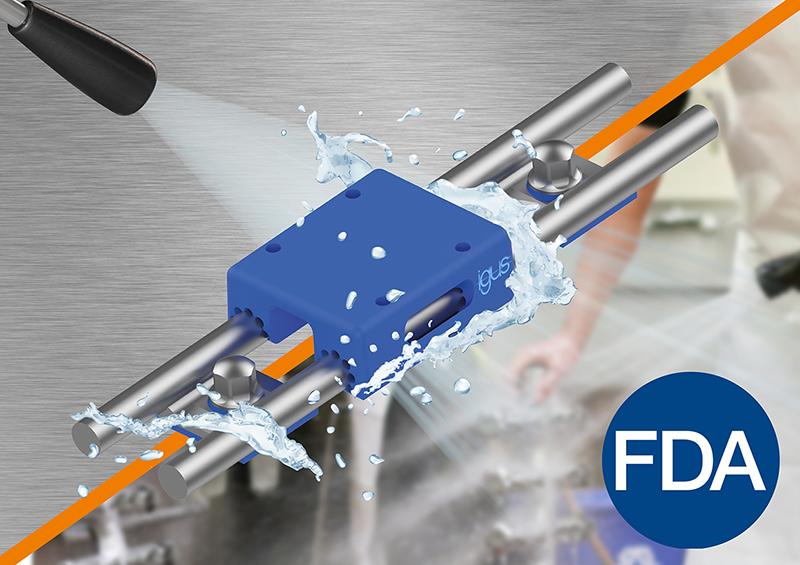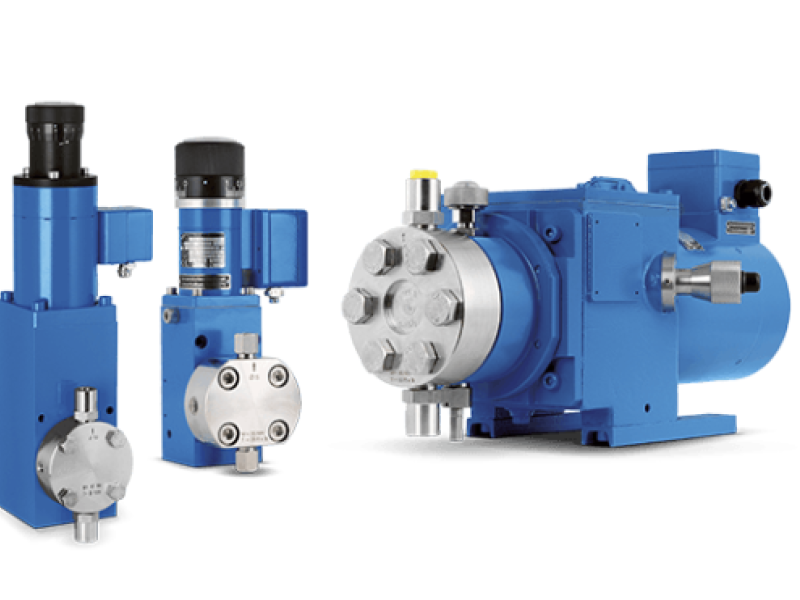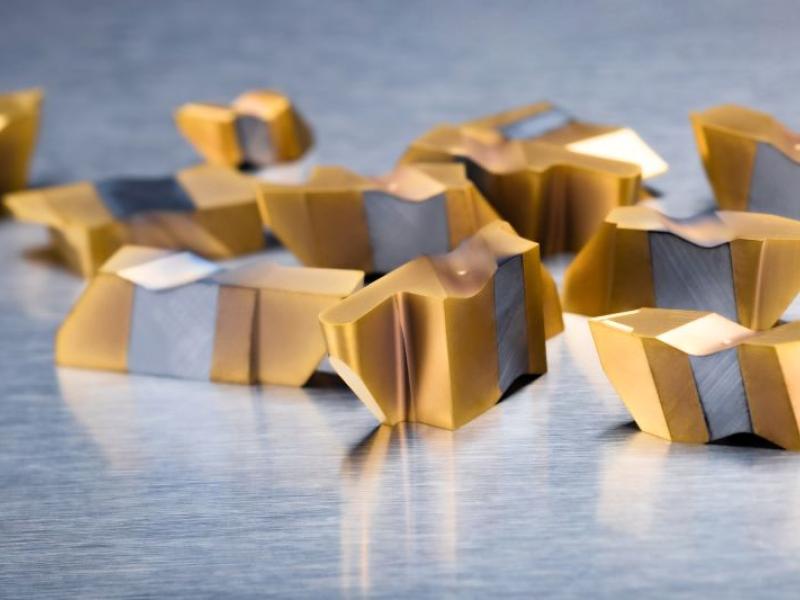A self-draining design, iglidur high-performance plastic and stainless steel ensure an exceptionally hygienic linear guide
Special rules apply in the food, pharmaceutical and cosmetics industries. Hygiene is the highest requirement that is placed on parts within machines. It is important to ensure that there is never any contamination on products. Therefore, machine builders and plant operators ensure they design parts with the best materials for the components. Best case, they comply with the FDA and EU regulations. "More and more customers want an optimised design based on hygienic design principles. They are looking for parts to have an open design that withstands regular cleaning processes with chemicals, steam and high pressure water," says Stefan Niermann, Head of drylin Linear and Drive Technology at igus GmbH. Companies are now demanding lubrication-free components that can be cleaned quickly ensuing downtimes are limited. igus has now developed a drylin W linear guide according to hygienic design guidelines. The plastics specialist has joined the EHEDG, an association of suppliers to the food industry, universities, health authorities and research institutes.
A gap-free construction with the right materials
The main challenge was how to construct a gap-free design. The focus was on designing a self-draining carriage and rail that would allow liquids to drain freely without collecting water. "This is a brand new innovation for the linear technology market. So far, most hygienic design solutions have been based on a completely enclosed unit," explains Niermann. This new self-draining carriage consists entirely of the high-performance polymer iglidur A160, one of the FDA- and EU10/2011-compliant igus materials. The lubrication-free material has already proved itself as a plain bearing material in numerous applications in the food industry. Hygienic screws and large grooves are also used as a method to prevent water from accumulating and bevelled edges allow cleaning solutions to run off easily. The bottom seal protects the space under the rail from dirt accumulation, ensuring no residues of food can be caught. The shafts are also sealed to prevent any gaps from collecting debris. A corrosion-free and high-alloy 316 stainless steel is used as the linear rail to avoid microscopic surface structures that prevent dirt from adhering.
Contact:
Treotham Automation Pty Ltd
www.treotham.com.au






